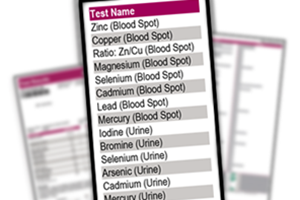Urine is rapidly becoming the preferred medium for neurotransmitter testing to ensure objective neurobiological assessment. This is because a) urine is the primary route of peripherally-produced neurotransmitter elimination, and b) it is non-invasive and cost-effective. This blog takes a look at how dried urine testing provides a superior advantage over standard liquid urine collection methods.Is…









